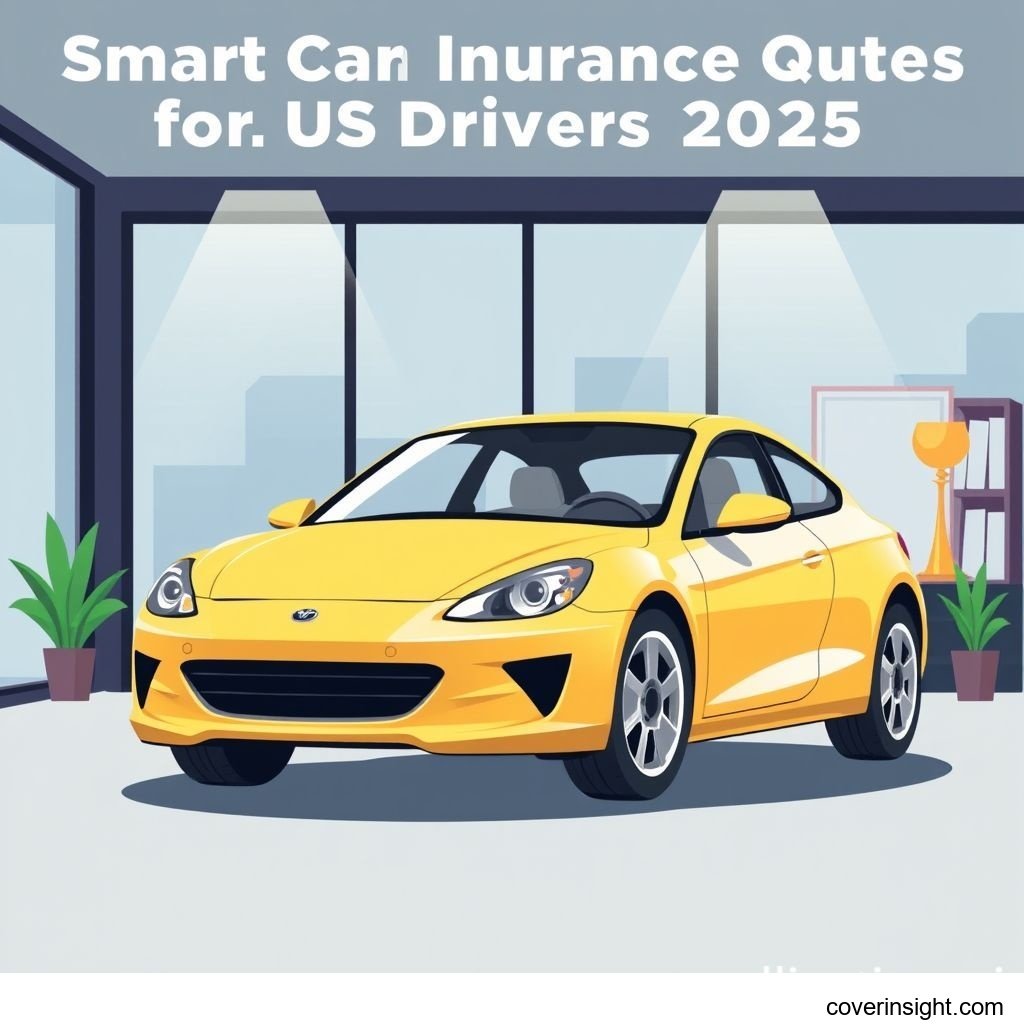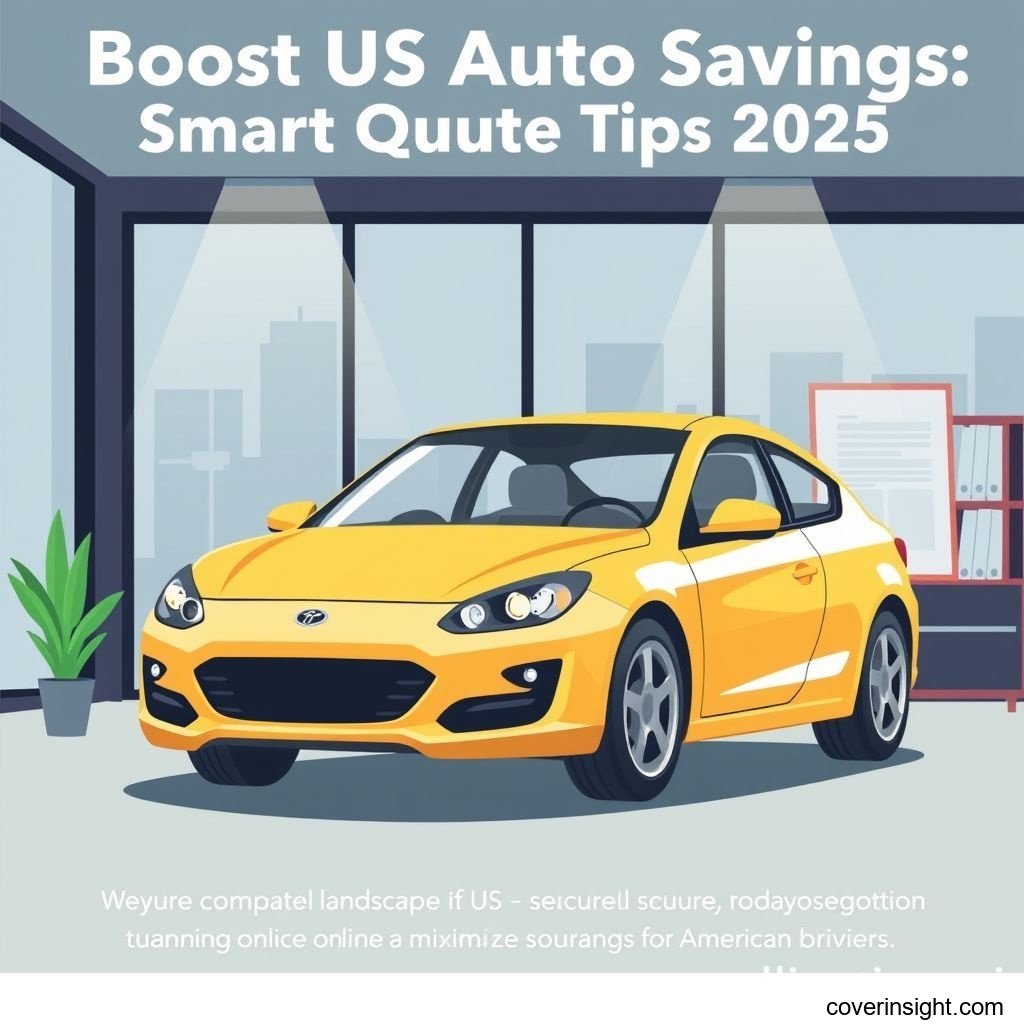Smart Car Insurance Quotes for US Drivers 2025
Introduction
In the rapidly evolving landscape of automotive technology and insurance, 2025 marks a pivotal year for US drivers seeking truly smart coverage. The concept of coverage gap identification is no longer a niche feature but a crucial component of modern policies, helping drivers understand exactly where their protection ends and potential financial exposure begins. This advanced capability, often powered by telematics and AI, is designed to highlight overlooked scenarios, underinsured risks, or even expired policy clauses before they become costly surprises. For anyone hitting the open road, identifying these gaps isn't just about saving money; it's about securing genuine peace of mind and ensuring you're not driving blind when unexpected events occur.
Coverage Details
Navigating the specifics of smart car insurance, especially with an emphasis on coverage gap identification, means understanding what these innovative policies truly offer.
What’s Included
Modern smart car insurance policies, particularly those for 2025, go far beyond basic liability and collision. Key inclusions often revolve around proactive risk management:
-
Real-time Gap Alerts: These systems continuously analyze your driving habits, vehicle data, and policy terms against common accident scenarios and local regulations. If a potential mismatch or an area of underinsurance is detected (e.g., your policy doesn't cover aftermarket modifications, or your liability limits are low for your state's average claim), you receive an immediate alert.
-
Telematics-Driven Customization: Data from your vehicle's smart systems (speed, braking, mileage) can lead to personalized coverage recommendations, ensuring you're not paying for coverage you don't need or lacking coverage you do. For instance, if your vehicle’s advanced safety features significantly reduce accident risk, your policy might automatically suggest lower collision premiums or higher deductibles.
-
Dynamic Policy Adjustments: Some advanced policies offer the ability to temporarily modify coverage for specific situations, like renting a car for a vacation or using your personal vehicle for ride-sharing, ensuring you're covered only when you need to be.
-
Underinsured/Uninsured Motorist Gap Analysis: A significant benefit of coverage gap identification is its ability to flag insufficient uninsured/underinsured motorist protection, a common pitfall. According to the Insurance Information Institute (III), roughly 1 in 8 drivers in the US are uninsured. Smart policies can recommend appropriate limits based on your local area's statistics and your financial assets, preventing a huge headache down the road.
Common Exclusions
While smart car insurance aims for comprehensive protection, no policy covers absolutely everything. Common exclusions to be aware of include:
-
Intentional Damage: Deliberate acts of damage to your vehicle are almost never covered.
-
Racing or Illegal Activities: Using your vehicle for competitive racing or any illicit activities voids coverage.
-
Normal Wear and Tear: Routine maintenance, tire replacement due to wear, or minor cosmetic issues from age are generally not covered.
-
Exceeding Policy Limits: If a claim exceeds your stated maximum coverage, the difference typically comes out of your pocket. This is where proactive coverage gap identification truly shines, preventing you from hitting these limits unaware.
-
Unreported Modifications: Any significant aftermarket modifications to your vehicle not reported to your insurer could lead to denied claims, a classic gap that smart systems aim to highlight.
Cost Analysis
Understanding the cost of smart car insurance with coverage gap identification involves more than just a single premium figure. It's about weighing investment against potential savings and enhanced security.
Price Factors
Several elements influence the price of these advanced policies:
-
Vehicle Type & Age: Newer, more expensive vehicles, especially those with advanced tech, may have higher premiums due to repair costs, but their safety features can also offer discounts.
-
Driver Profile: Your driving record, age, gender, credit score (in most states), and marital status all play a role. A clean record will always net you better rates.
-
Location: Urban areas with higher traffic density and crime rates typically have higher premiums than rural ones. For instance, a driver in Los Angeles might pay significantly more than someone in a small town in Iowa.
-
Chosen Coverage & Deductibles: The more comprehensive your coverage and the lower your deductible, the higher your premium will be.
-
Telematics Participation: Many smart insurance policies offer discounts for voluntarily sharing driving data, as it allows insurers to assess your individual risk more accurately.
-
The "Smart" Features: Policies featuring advanced coverage gap identification and real-time alerts might have a slightly higher base cost, but this is often offset by the proactive savings they help you achieve by preventing costly surprises.
Saving Tips
Beyond just choosing a lower premium, several strategies can help you save on smart car insurance:
-
Bundle Policies: Combining auto insurance with home or renters insurance with the same provider often yields significant discounts.
-
Maintain a Clean Driving Record: Avoiding accidents and traffic violations is perhaps the most impactful way to keep your premiums down.
-
Increase Deductibles: If you have an emergency fund, opting for a higher deductible can substantially lower your monthly or annual premium.
-
Leverage Telematics: Embrace the smart features! Allow your insurer to monitor your driving habits. Safe driving can unlock significant savings.
-
Ask for Discounts: Many insurers offer discounts for good students, low mileage, defensive driving courses, anti-theft devices, and certain professions. Don't be shy about asking.
-
Shop Around Annually: Premiums change, and so do your needs. Don't just renew; get fresh quotes every year. You can explore various options, including those providing robust coverage gap identification, through resources like "US Insurance Home" or by comparing offers directly.
FAQs
How much does coverage gap identification cost? Often, coverage gap identification isn't an added line-item cost but an integrated feature of smart car insurance policies that leverage telematics and AI. Its "cost" is embedded in the overall premium, which can vary based on all the factors mentioned above. However, the potential savings from avoiding uninsured losses can far outweigh any incremental premium.
What affects premiums? Premiums are influenced by your vehicle type, driving record, age, location, credit score (in most states), chosen coverage limits, deductibles, and participation in telematics programs. Essentially, anything that indicates your likelihood of making a claim or the potential cost of that claim will affect your premium.
Is it mandatory? While car insurance itself is mandatory in most US states, specific features like coverage gap identification are not. However, opting for a policy that includes such smart features can save you a bundle down the line by preventing unforeseen financial liabilities. To understand state-specific requirements, you can check with your "State Insurance Departments" or refer to the "National Association of Insurance Commissioners".
How to choose? Choosing the right smart car insurance involves assessing your driving habits, vehicle type, and financial situation. Compare quotes from several providers, paying close attention to what specific "smart" features they offer, especially regarding gap identification. Read customer reviews, check their financial stability, and don't hesitate to contact their agents with specific questions. For a broader understanding of insurance resources, you might find "Insurance Resources Global" helpful.
Consequences of no coverage? Driving without mandatory auto insurance can lead to severe consequences, including fines, license suspension, vehicle impoundment, and even jail time in some states. If you're involved in an accident without insurance, you'll be personally responsible for all damages and medical expenses, which can be financially devastating. This is why having comprehensive coverage, and understanding its limits through coverage gap identification, is crucial.
Author Insight & Experience
As someone living in the US who’s seen the shift from basic auto policies to these incredibly sophisticated smart insurance options, I can tell you it’s a game-changer. Based on my experience and countless conversations, the proactive nature of coverage gap identification is truly where the future lies. Gone are the days of merely hoping you're covered; now, policies are designed to actively warn you if you're exposed. It’s like having an eagle-eyed co-pilot for your finances, making sure all your ducks are in a row. For instance, I recall a friend whose smart policy flagged that his new electric vehicle's specialized battery repair wasn't fully covered by his old policy; a simple adjustment saved him a potential fortune after a fender bender. It’s about being proactive, not reactive, and for major life essentials like insurance – be it car, or even understanding complexities around health insurance through resources like "Healthcare.gov" – that proactive approach is simply invaluable.








Comments